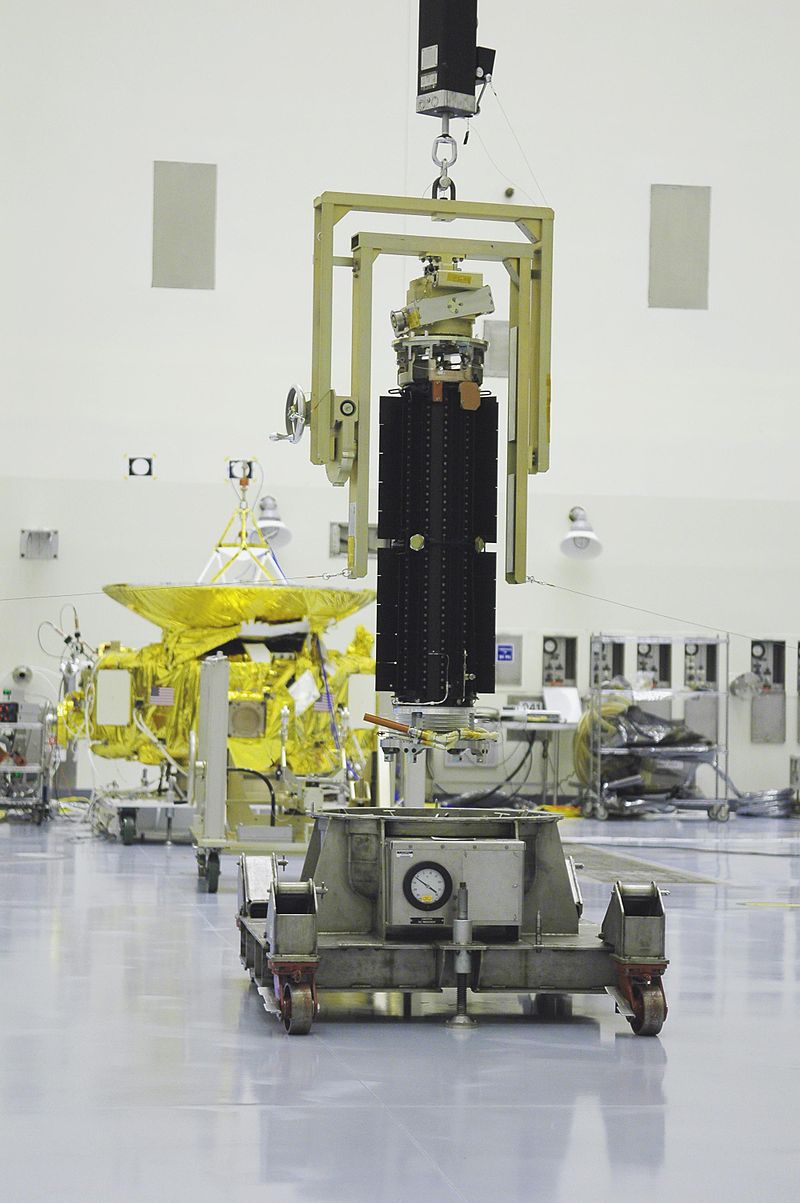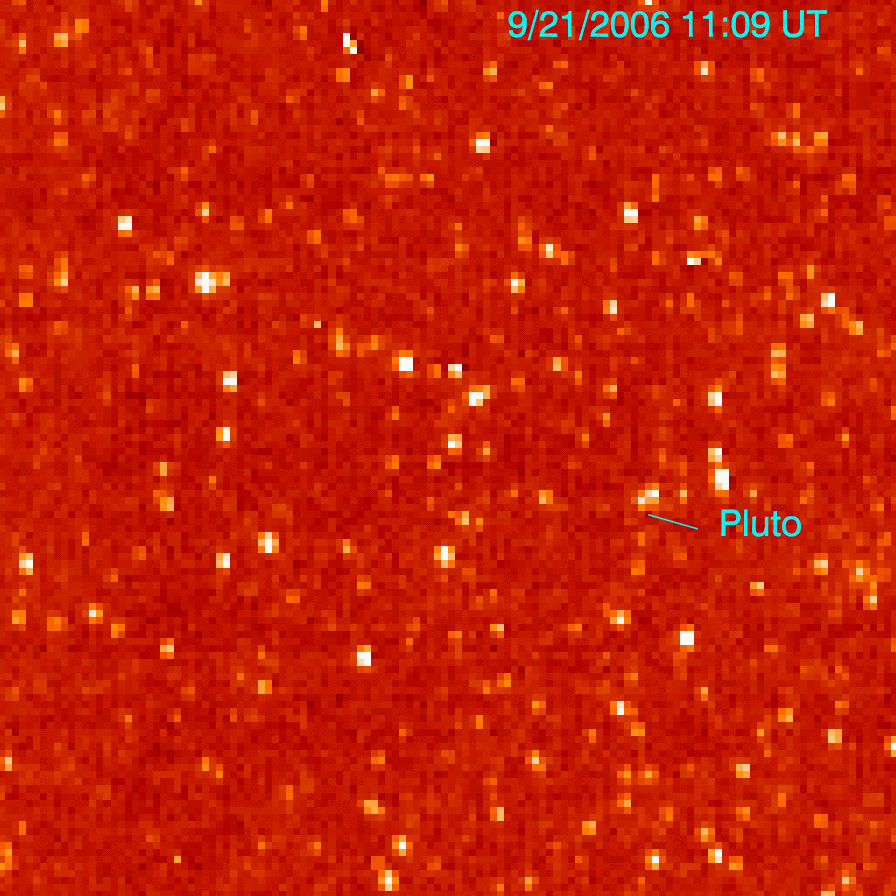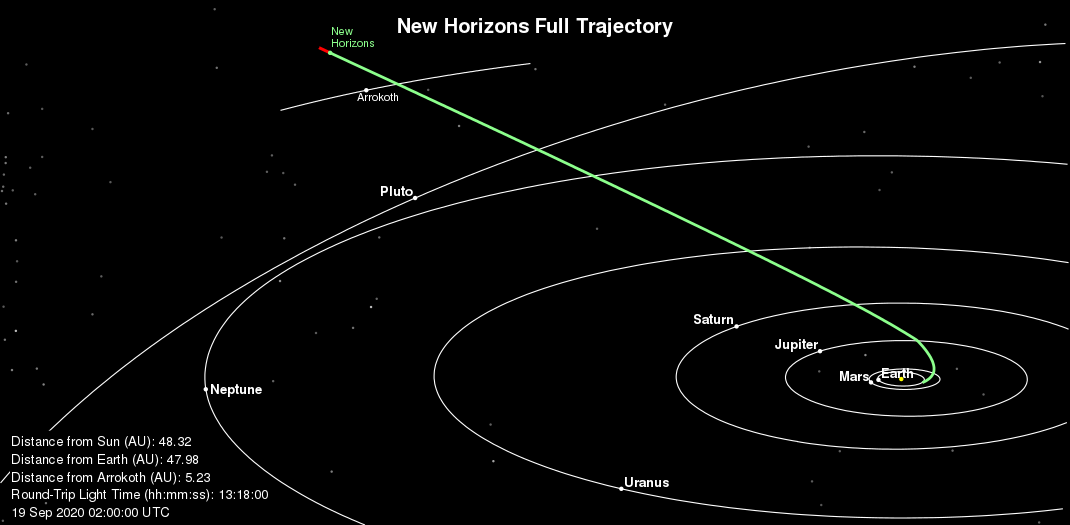I haven't posted one of these in a long time, but I'm really excited to see the data that New Horizons sends back over the coming two months. It has been fascinating to see it come awake and start taking pictures of the Pluto system as it approaches.
The probe is powered by an radioisotope thermoelectric generator(RTG) and 24lbs of PU-238. This is conservatively estimated to power the probe until 2026.
It was launched in 2005, and after a gravity assist from Jupiter, continued on towards Pluto at a speed of almost 15 km/s relative to the Sun. New Horizon's cameras were much better than the Voyager and Galileo probes that had preceded it, so scientists were excited to see what additional insights into the Jupiter system it could provide. One of my favorite pictures from that flyby is of Io which gives you an indication of just how violent the volcanism is on that moon.
The probe would periodically wake-up from sleep to image Pluto and ensure that no course changes were necessary.

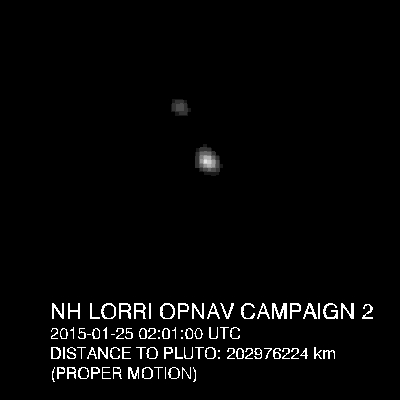
Squares are Charon, Nix, and Hydra - Pluto's three known moons
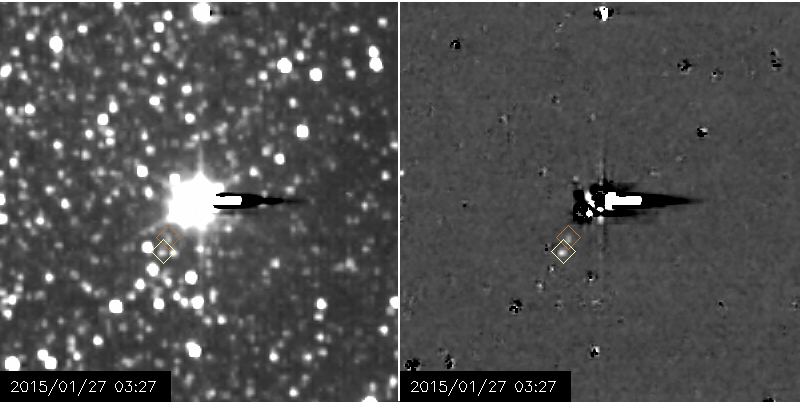

You can clearly see some features on the surface of Pluto and Charon. I'm really, really excited. We have 16 days until the closest encounter!
After the Pluto encounter, the probe will journey on towards to Kuiper Belt and Oort Cloud. The next step of the mission will be to find, identify, and get as close as possible to a Kuiper Belt object.
I'll update the thread with pictures I think are cool as we get closer.
The probe is powered by an radioisotope thermoelectric generator(RTG) and 24lbs of PU-238. This is conservatively estimated to power the probe until 2026.
It was launched in 2005, and after a gravity assist from Jupiter, continued on towards Pluto at a speed of almost 15 km/s relative to the Sun. New Horizon's cameras were much better than the Voyager and Galileo probes that had preceded it, so scientists were excited to see what additional insights into the Jupiter system it could provide. One of my favorite pictures from that flyby is of Io which gives you an indication of just how violent the volcanism is on that moon.
New Horizons' RTG said:
Io and the Tvashtar volcano eruption said:
First Image of Pluto said:
Trajectory said:
The probe would periodically wake-up from sleep to image Pluto and ensure that no course changes were necessary.


Squares are Charon, Nix, and Hydra - Pluto's three known moons

Late May from 50mm kilometers said:
June 18 said:

You can clearly see some features on the surface of Pluto and Charon. I'm really, really excited. We have 16 days until the closest encounter!
After the Pluto encounter, the probe will journey on towards to Kuiper Belt and Oort Cloud. The next step of the mission will be to find, identify, and get as close as possible to a Kuiper Belt object.
I'll update the thread with pictures I think are cool as we get closer.

